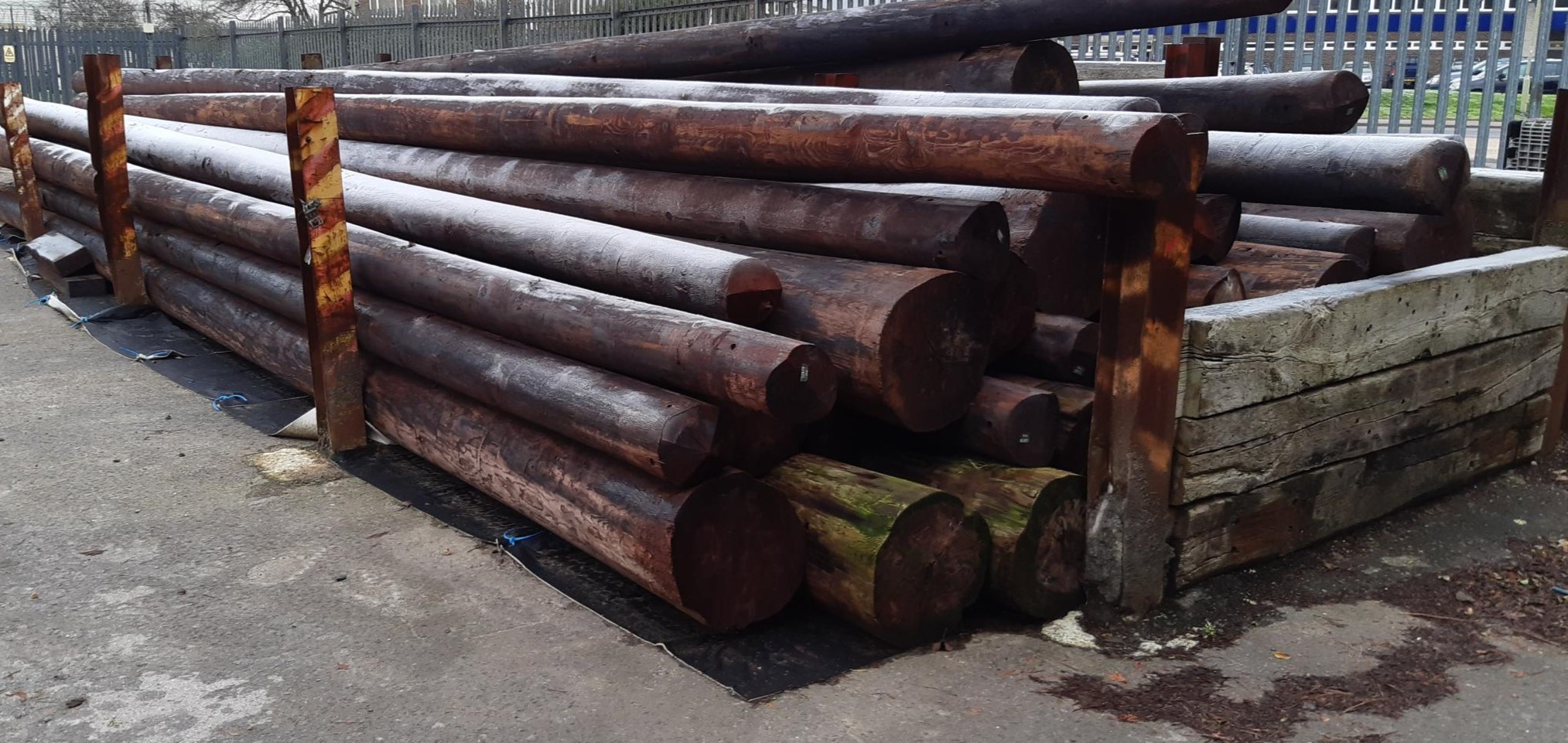Temporary Portable Pole Storage

The Opportunity
The objective of this Opportunity is to shortlist the submissions that best answer the brief, with the aim of attending a presentation day with the EIC Industry Partners, where it can be discussed in greater detail with a technical panel.
The EIC welcomes submissions from individual companies or companies working in collaboration with each other.
What is the Problem?
Creosote is used to pre-treat wooden utility poles to reduce their susceptibility to decay, but the use of this treatment process is already restricted due to creosote’s toxic nature. Careful management of creosote treated assets is required in order to minimise environmental risks that can be caused by leaching/bleeding of the creosote into soil and water.
Distribution Network Operators (DNOs) are required to manage and safely store their treated poles so as to avoid environmental contamination. This involves the time consuming and expensive process of constructing specialist permanent or semi-permanent storage depots, where the majority of poles are kept. These poles are stored on racks with specially designed bunding to capture creosote and mitigate pollution. DNO’s are also permitted to store a limited number of poles onsite prior to installation. These poles are placed directly on the ground, which can pose a contamination risk. There is currently no portable solution available that incorporates bunding to prevent creosote pollution while poles are in transit or stored at permanent and temporary sites.
Preferred output
The preferred output would be a solution that:
· Provides semi-permanent storage for creosote-treated utility poles.
· Incorporates suitable mitigation (i.e., bunding) for any contaminated runoff.
· Can be transported on the existing network’s HGV trailers & tractor units with Hiab.
The solution would ideally replace both temporary and permanent pole storage facilities. The system should allow a pole store to be moved across a storage yard and transported to different sites during installation works. This would enable the DNO to efficiently manage their utility pole stock while mitigating the risk of environmental pollution caused by creosote. The preferred output will be cost effective and suitable for wide-scale deployment.


